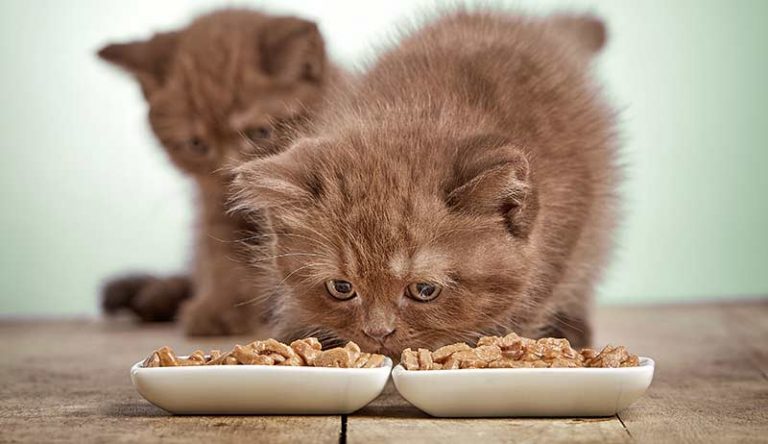Feeding a kitten involves determining what type of food they need, how much, and how often.
Here’s a general guideline:
Food Type:
Kittens need kitten-specific food formulated for their growth needs. This food, higher in protein and fat than adult cat food, comes in two main types: dry kibble and wet food. Dry food is excellent for grazing, while damp food provides hydration. Being well-informed means you can make the right decision and feed your kitten a combination of both.

Amount:
Your kitten’s food will depend on their age and weight. A good rule of thumb is to start with ¼ to ½ cup of food at a time. You can adjust this amount based on your kitten’s body condition. If you’re unsure, consult your veterinarian.
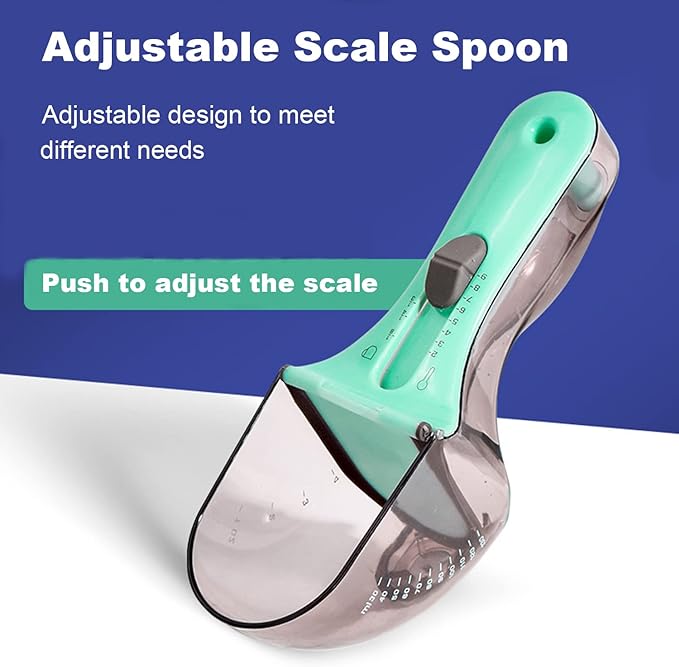
Frequency:
Younger kittens (6-16 weeks) require more frequent feeding, typically every 6-8 hours. As they mature (4-5 months), you can gradually transition them to fewer, larger meals (twice daily), allowing you to plan their feeding schedule.

Feeding Schedule:
For newborn kittens (under four weeks), feeding every three hours, around the clock, is essential. When your kitten is 6 to 16 weeks old, it should be fed every 6 to 8 hours. By 4 to 5 months, it can usually transition to twice-a-day feeding. This clear timeline helps you understand and plan for your kitten’s changing feeding needs.

Wet vs. Dry Food:
Very young kittens (under four weeks) can only have damp food since they can’t chew dry kibble well. You can introduce dry food or a mix of WebMD as they grow.
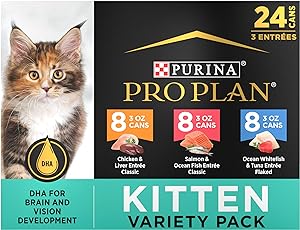
Feeding Schedule:
Newborn kittens (under four weeks):
They cannot eat solid food and rely on their mother’s milk. If the mother isn’t around, you’ll need to bottle-feed them with kitten formula every 2-3 hours, even at night [WebMD: Newborn Kittens].
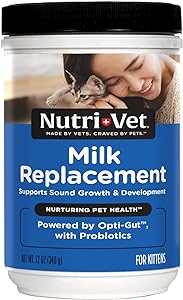
Kittens (4-16 weeks):
At this stage, kittens can eat solid food. They need frequent meals every 6-8 hours to keep their energy levels up.

As your kitten grows, so do its feeding needs.
Around 4-6 months, you can start transitioning to a twice-a-day feeding schedule. This gradual change lets you plan and adjust your kitten’s feeding routine.
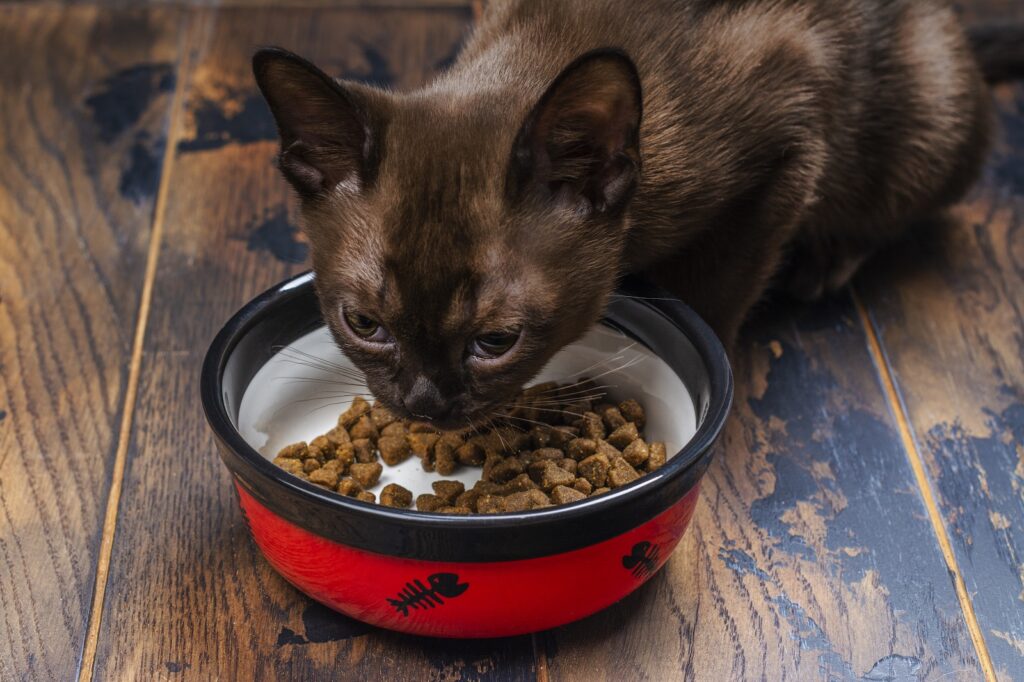
Additional Tips
Freshwater:
Ensure your kitten always has access to clean water.
Bottle Feeding:
If you’re caring for a very young kitten (under four weeks) without a mother, you’ll need to bottle-feed it with kitten formula Kitten Lady. Never give kittens cow’s milk or other substitutes.

Feeding Schedule
Consistency is critical. Feed your kitten at the exact times each day, which will help regulate its digestive system.
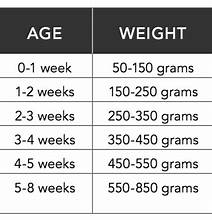
Keep the feeding area clean:
A clean area is essential for your kitten’s health. By keeping it tidy, you’re taking a proactive step in ensuring its well-being.
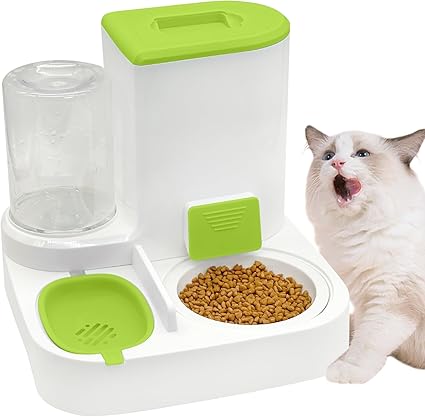
Regularly monitoring your kitten’s weight.
This is crucial to responsible pet ownership. It allows you to adjust their feeding, ensuring they get the right nutrition and promoting their overall health and well-being.
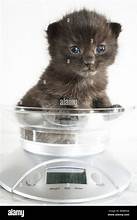
Veterinarian:
If you have questions about feeding your kitten, consult your veterinarian. They can give you specific advice based on your kitten’s individual needs.

Here are some additional resources that you might find helpful:
Feeding Kittens 101: What to Feed, How Much, and How Often: https://www.petmd.com
How Much to Feed a Kitten: A Kitten Feeding Chart by Age: https://www.purina.com
If you have concerns about feeding your kitten, consult your veterinarian for personalized advice.
Disclosure: This page contains affiliate links to Bubblespaw.com, Amazon.com, Petrichorpaws.com, and Lepuppino.com. We might receive a commission if you follow them and purchase anything from the recommended products. I can assure you that I never recommend anything I don’t trust. Thanks for supporting positvelypets.com!

